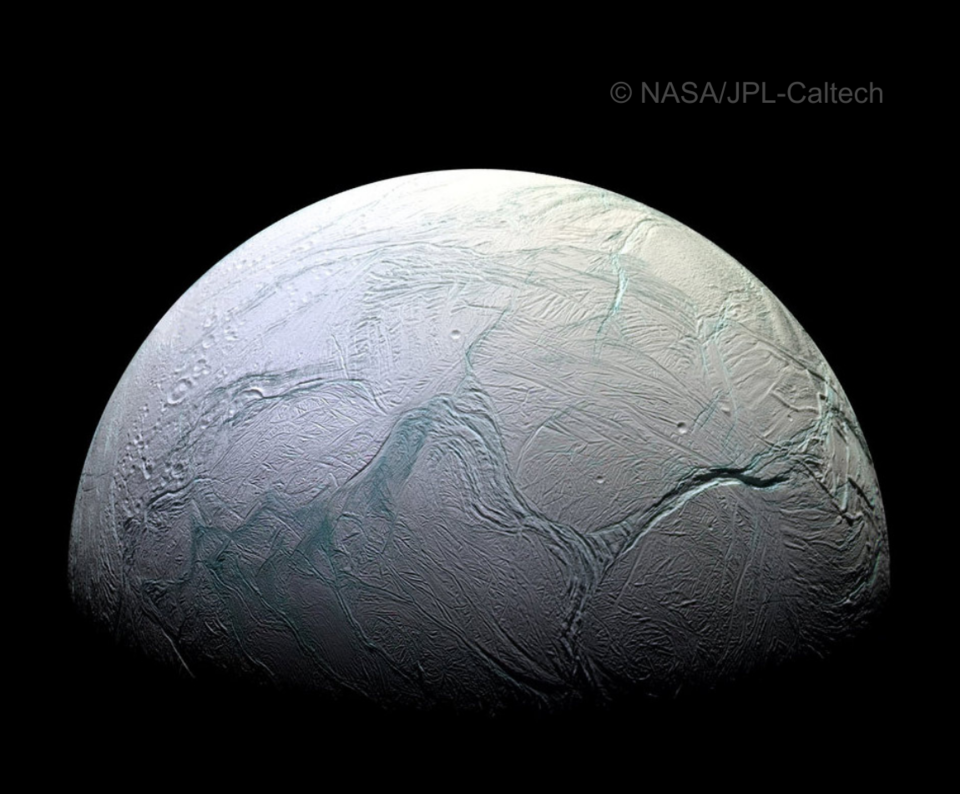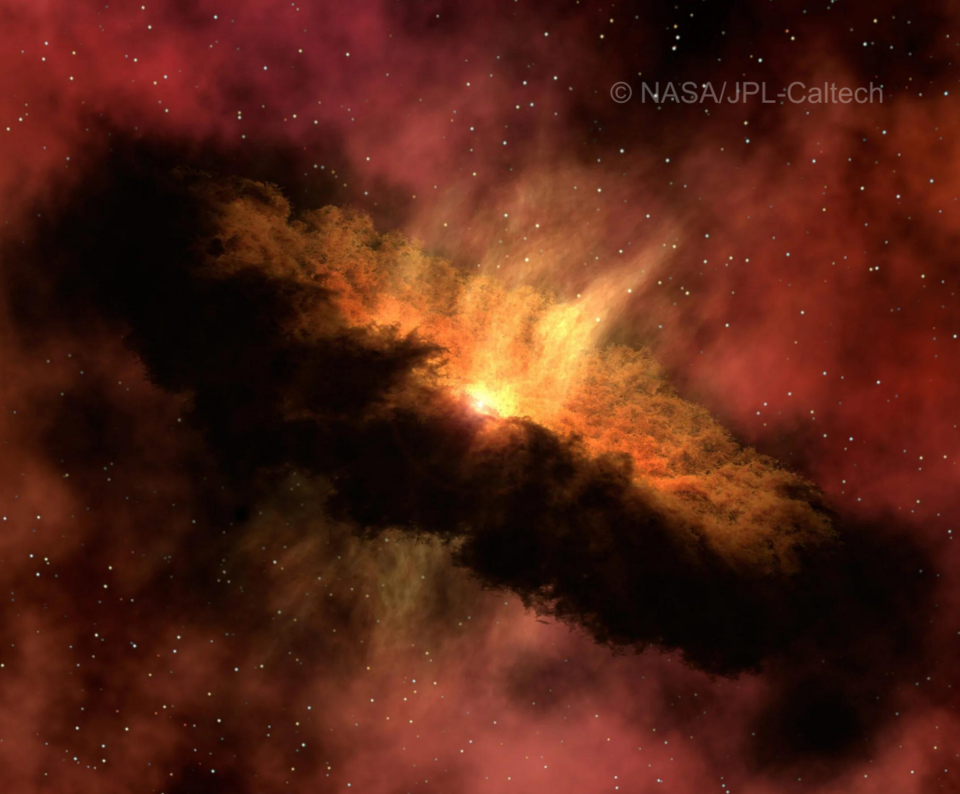Research
Our research group is situated in a region bustling with space activities, not far from ESA’s technical centre ESTEC, various space industries and leading astronomical institutes at Leiden and SRON. This dynamic environment fosters our activities and involvement in various international planetary missions. Of particular interest to our group are sub-surface oceans of planetary moons and planetary ring systems; the new frontiers in planetary exploration.
Science Themes
Our science portfolio is broad and we focus on a variety of topics spanning from planetary surface processes to interiors, and from planet formation to exoplanet detection. By designing and developing scientific instruments and trajectories for future space missions, our work aims at exploring the characteristics of other planets and moons in our solar system and those beyond. In addition to upstream engineering topics, we also work on downstream applications such as scientific analyses of mission data obtained on various planetary bodies, including Io, Enceladus, Mars and Mercury. Using the panels below you can explore our science themes in more detail.

Planetary Surface Processes and Materials
Surface processes and materials characteristics allow us to determine the history and evolutionary paths of icy and rock planetary bodies and their materials in the solar system, using laboratory experiments, modelling, and various types of observations.
Planet & Moon Interiors
The interior of moons and planets is the key to understand their formation and evolution. It is the place where most heat is generated and it might be the place where we find favourable conditions for life, such as the sub-surface oceans in the icy moons.
Solar System Dynamics
The dynamics of solar system bodies provides an ideal natural laboratory for measuring their interior properties. We use various techniques to measure the dynamics of planetary spacecraft and natural solar system bodies, with a focus on creating novel analysis tools, tracking methods and data fusion techniques.